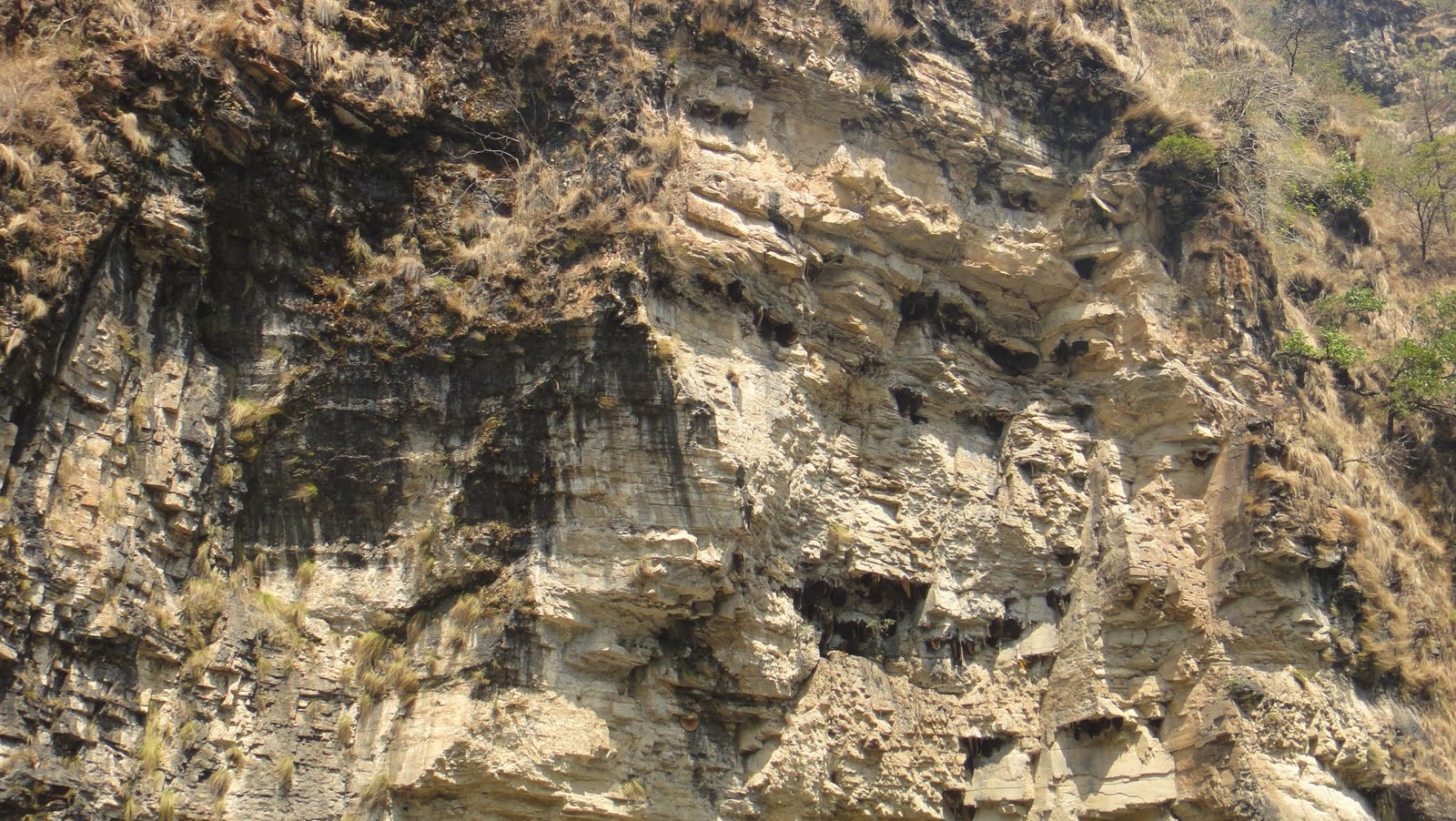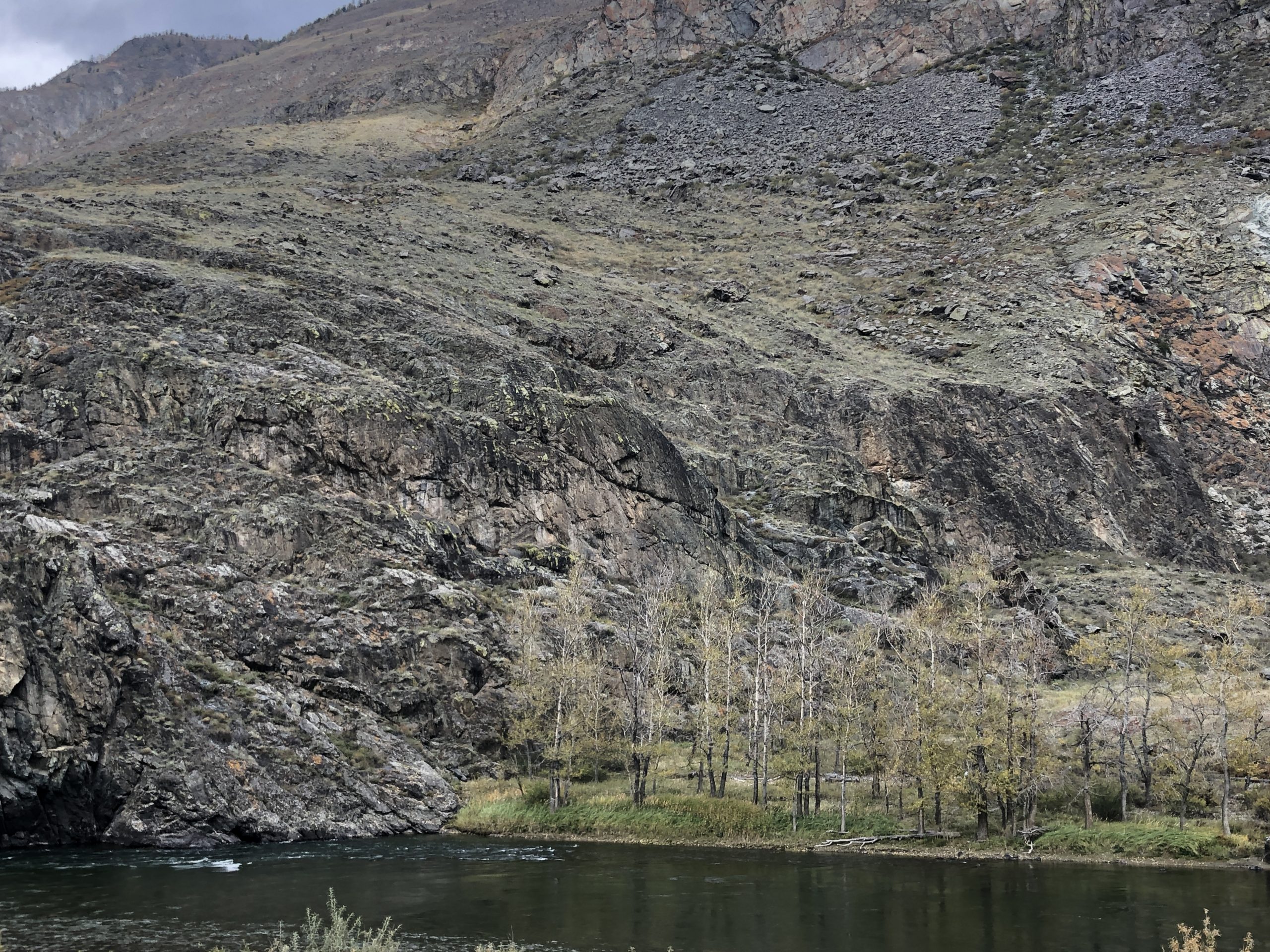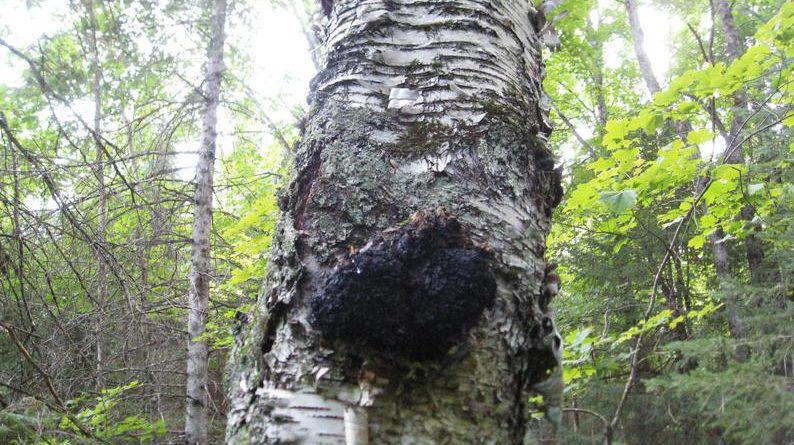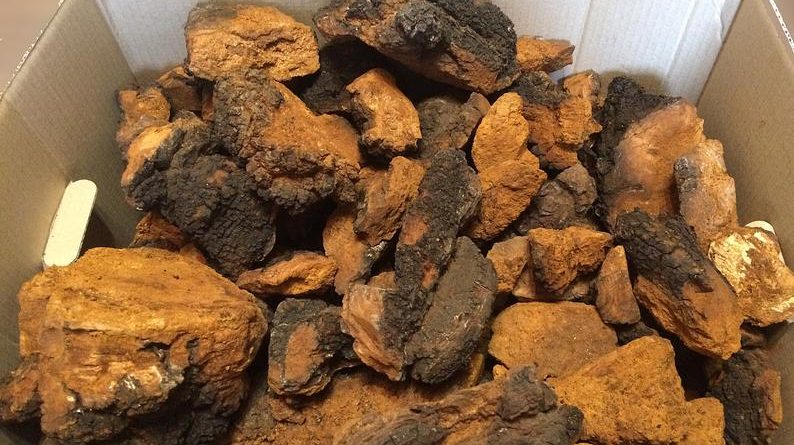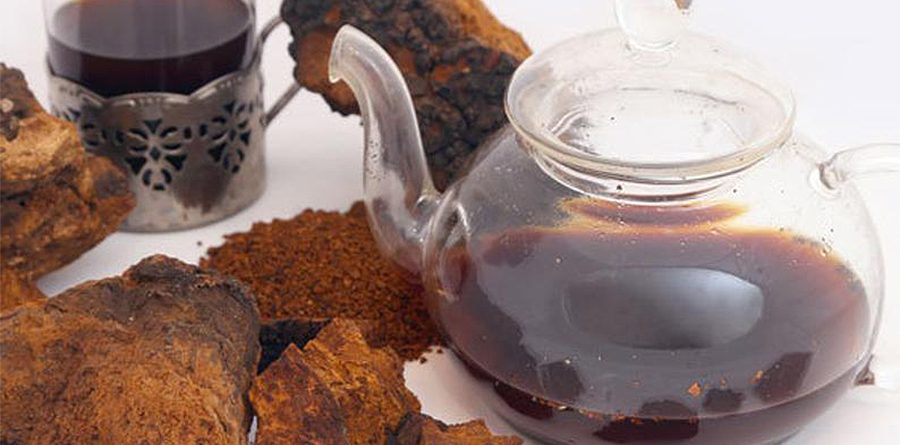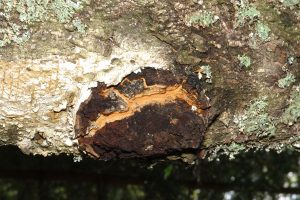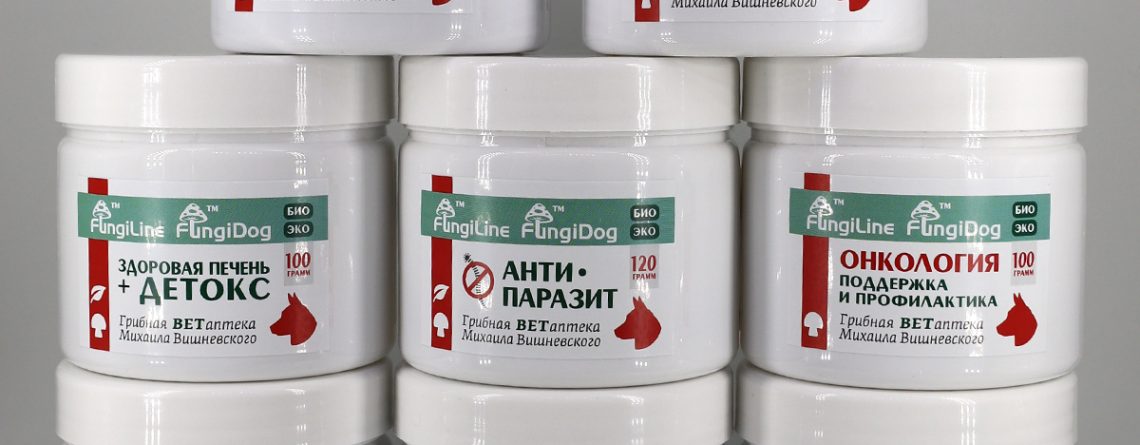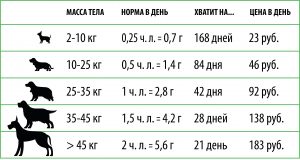Where, when and how to collect chaga
A lot of contradictory information can be found about the collection of chaga on the Internet and in the literature. This is especially true of disputes on the topic in which region or part of the planet chaga is the best, and when to properly collect it. As far as I know, serious comparisons of the bioactivity of chag from different regions have not been carried out. However, about 10 years ago, a comparative analysis of the mineral composition of samples from different parts of Siberia, the European part of Russia, Finland, Scandinavia, the USA and Canada was made in one of the private laboratories in the USA with the financing of a company for the production of dietary supplements. According to the data obtained, the chaga of the forests of the Canadian Shield of eastern Canada has the richest mineral composition.
As you understand, it is best to collect chaga in clean birch forests – due to the highest concentration of birches in one area, the probability of finding chaga increases. But good mixed forests with a pronounced participation of birch are also suitable. It is obvious that in aged forests the yield of chaga and the average mass of collected sclerotia is higher than in young ones. It has been noticed that in wet birch forests (moss, swampy, etc.), chaga grows more readily than in dry ones. Chaga does not like polluted air, and it is quite difficult to find her in the city. In urban parks, especially large ones, chags sometimes grow, but in the case of a megalopolis, they willingly begin to grow 3-5 kilometers from their borders, or even further. Comfortable eco-friendly collection of chaga, which has not absorbed any anthropogenic pollutants, begins 30-40 km from large cities.
Consider one more point: chaga should not be collected in regions with a high radioactive background. It is known that the degree of accumulation of radionuclides by fungi strongly depends on what and where they grow. Fungi growing on wood always accumulate radioactive elements to a much lesser extent compared to soil ones. However, chaga, unfortunately, is the only known exception. It contains 10-20 times more of the most dangerous anthropogenic radionuclides americium-231 (231Am) and caesium-137 (137Cs) than in the birches on which it grows.
Chaga has a selective affinity for these elements, and the process of their excessive accumulation is called hyperbioaccumulation. In terms of terrain, the strongest accumulators of radionuclides are sphagnum marshes and their surroundings. They collect precipitation and drainage from a large area, and acidic soil contributes to the greatest participation of radionuclides in metabolic processes. Therefore, although usually near-swamp birch forests are rich in chaga (and any mushrooms), it is especially not recommended to collect it in the Chernobyl cloud passage zone in such places: the amount of radioactive caesium and americium in it will be a record.
The season of collecting chaga, no matter what you read about it, does not matter. Just proceed from when you have free time, or when the chaga is seen best. Neither the active sap movement near the birches, nor the phase of the moon, nor other such popular near-esoteric examples when collecting chaga are really important. As numerous studies have shown, the composition of the chaga rather depends (and gradually changes) on its age than on whether it was harvested in spring or autumn. Usually, chaga is most convenient to extract in winter. At this moment, the forest is bare, and large black sclerotia are perfectly visible against the background of white birches and white snow. The only problem you may encounter is that in severe frosts, the chaga freezes, and its inner tissue becomes the same density as birch wood, or even harder. Therefore, if you are an environmentally oriented person and go out to the chaga in the cold not with an axe and a saw, but with a stone or bare hands, serious difficulties may await you. Most likely, it will not be possible to pick up the frozen chaga with your hands (it is useless to beat with your feet too), and you may have to bludgeon it with a stone for half a day … Recommendations not to extract chaga with the help of evil iron with paramagnetic properties actually arose because if you leave a not smooth slice/cut down / log house (as in the case of an axe or saw), and uneven scrapping (you tore off / knocked down the chaga with your hands or feet / stone), then a new sclerotium is likely to form in this place in a few years if the birch remains alive. Smaller in size, but still…
About the height of the collection. It is proved that the higher the chaga is formed, the more bioactive it is. For example, the content of betulin in the pulp of sclerotia increases statistically with each meter of height. On average, our Russian rule – not to collect chaga if it grows at a height below one and a half meters – works perfectly. In the USA and Canada, it is customary to collect chaga, starting from a height of 3 meters. If the forest in which the chaga has grown is moist, then low-growing specimens are prone to water soaking, swelling and a fairly rapid loss of medicinal properties.
You can collect chaga only from live upright trees. It definitely doesn’t make sense from the fallen ones – the chaga is almost always “empty” there. In winter, if a birch tree has recently died on the root and remained standing, it is not always easy to distinguish such a tree from a living one. In this case, it is necessary to look for fruit bodies – the main sign that the whole tree or its part, where sclerotium grows, is dead. Such sclerotium, as I wrote earlier, loses its medicinal properties very quickly.
From the point of view of the Russian pharmacopoeia, the following requirements are imposed on the qualitatively harvested raw materials of chaga. “The raw materials are dark brown odorless pieces, slightly bitter in taste, no more than 7 mm in size. The quality of raw materials is assessed according to the following indicators: the content of a chromogenic complex (chagic acid, melanin or polyphenol–oxycarboxylic complex) – not less than 10%; humidity – not more than 14%; total ash – not more than 14%; particles that do not pass through a sieve with holes with a diameter of 7 mm – not more than 4%; particles passing through a sieve with holes of 0.2 mm in size – no more than 18%. The shelf life is up to 2 years.”
An extremely productive way to collect chaga is to visit forests where logging is going on. Birch is mostly considered a garbage tree there and is sawn for firewood. Having agreed with the loggers, you can ask them to cut down and save chaga for you in unlimited quantities. For a bottle or its monetary equivalent per day, you will receive chaga for a couple of years of reception. At the same time, the main task will be to explain how chaga differs from similar caps and souvels. Birch cap is a natural outgrowth on a trunk or a large branch, with many woody nodules on the outside, having the appearance of dark thorns and bumps. Usually the size of the mouthpiece is small, 20-30 cm in diameter. Often you can see buds and small twigs growing directly from it. The wood of the cap is 50-70 percent stronger than that of the tree on which it was formed. The formation of the suvel is associated with the disease of the tree, most often outwardly it is a twisted and, as it were, woven into a lump of growth. Suvel reaches an impressive size, usually it is twice as thick as birch or even larger. In addition to the size and “soreness” of the origin, the main difference between the suvel and the cap is that the suvel is formed not from dormant buds, like the cap, but due to the intertwining of annual rings rapidly growing in all directions. Neither cap nor suvel have anything to do with chaga, so before your first trip for chaga, study their images on the Internet.
Quite often, chaga is confused with ordinary tinder (Fomes fomentarius), her old “partner” in manufacture of tinder. This happens simply out of ignorance. The classic gray hoof-shaped common tinder is considered a chaga only by those who have never seen a real chaga before. Because of the name, sometimes chaga is confused with birch sponge (Piptoporus betulinus) it happens becausedue to the fact that both tinder boxes are often called “birch mushroom” on the Internet. Birch sponge is a soft annual tinder with a beige or brownish skin, a flat white tubular layer that darkens when pressed, and a bitter white pulp (at least in young mushrooms). Keep in mind that recipes for birch sponge are rarely suitable for chaga, as are chaga recipes for birch sponge.
For the normal collection of chaga, it makes sense to take with you a light sliding ladder up to 10-15 m high, an axe and a saw. A downed or sawn chaga is usually put in a backpack. If the backpack is small, then to save space, you can immediately clean the chaga from the outer black crust with an axe or a large heavy knife like a machete. And in general, it is more convenient to do it in the forest than to plant dirt at home, and then do cleaning. The chaga can be chopped immediately, so it will become even more compact. Wet specimens, sclerotia damaged by mold or insect larvae should not be collected. Such signs indicate that something went wrong with the mushroom, most likely it is dead and its medicinal properties have been lost.
In good places in summer, 50-100 kg of chaga is collected in 3-5 hours, in winter – in 5-6 hours (the colder it is, the longer, because the more difficult it is to knock down or chop / saw). Unlike most edible mushrooms, which suffer greatly from long transportation from the collection point to the house and react sensitively to the density and ventilation of the container, chaga quite calmly tolerates the longest “excursions”. You can carry it in a damp sealed container for half a day, and it will still arrive normally, neither self-heating, nor moldy, nor beginning to swarm with larvae of mushroom flies and mosquitoes. Nevertheless, having brought chaga from the forest, it is advisable to immediately start processing it in order to preserve all the useful properties as much as possible.




